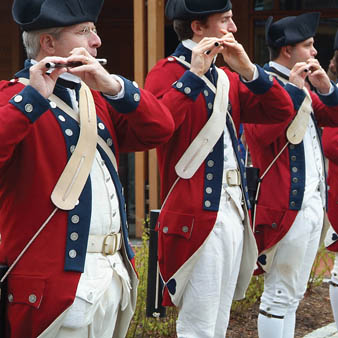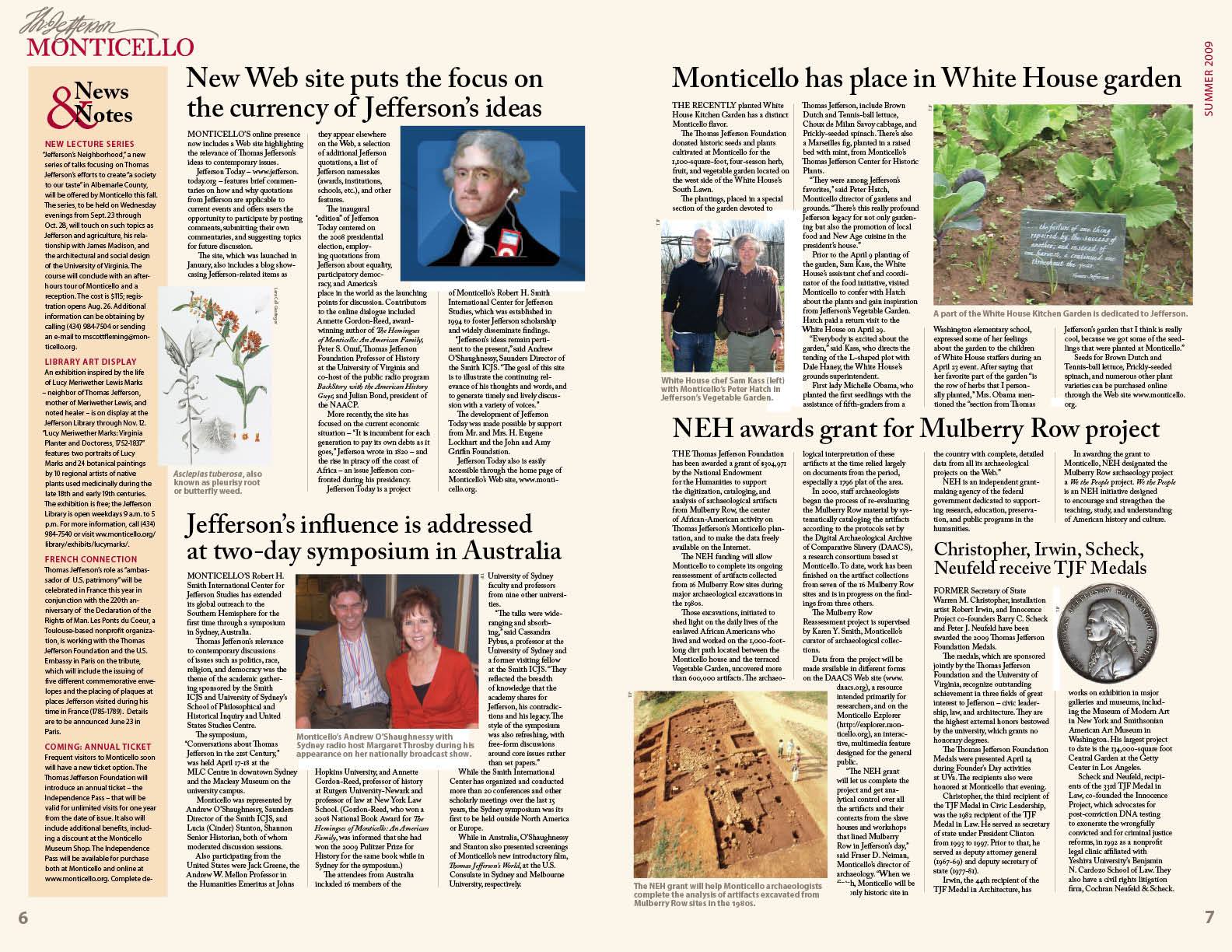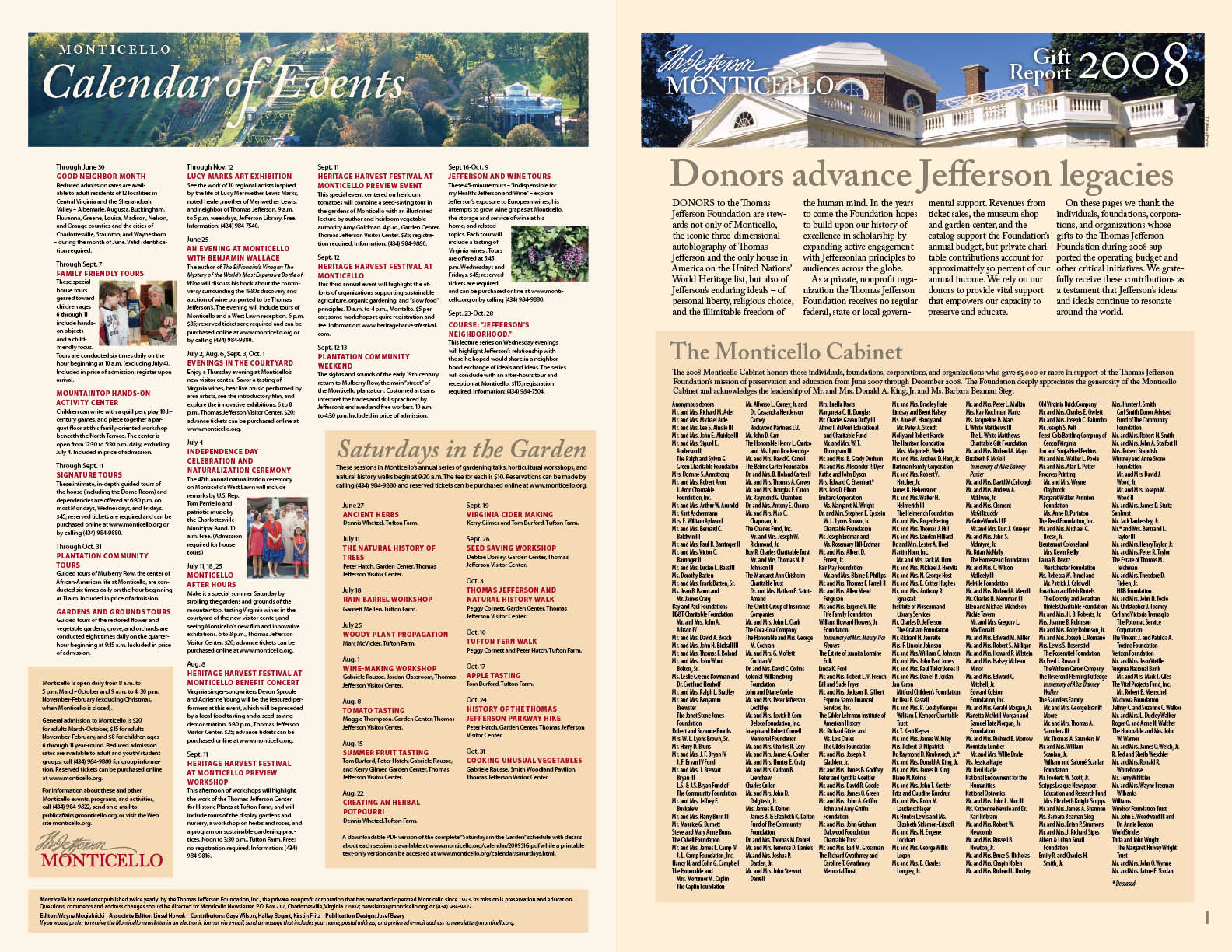Monticello Newsletter
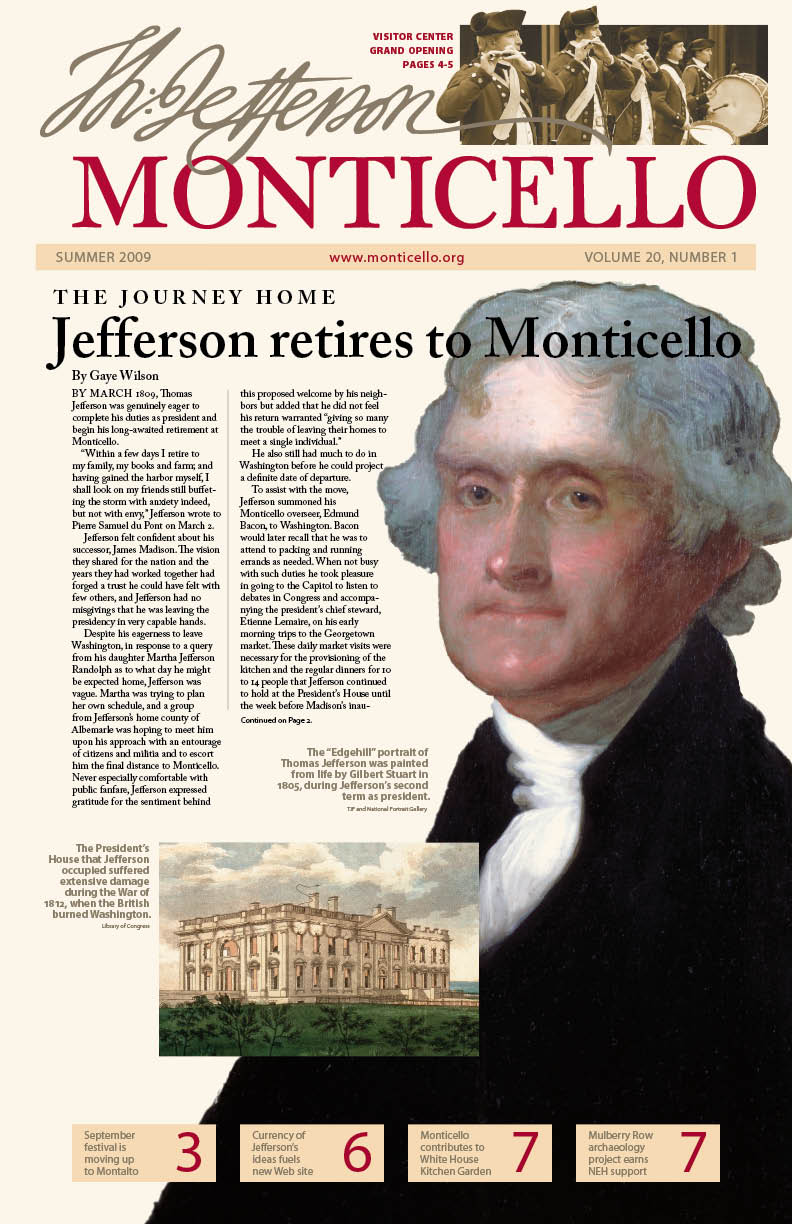 “And our own dear Monticello, where has nature spread so rich a mantel under the eye? mountains, forests, rocks, rivers. With what majesty do we there ride above the storms! How sublime to look down into the workhouse of nature, to see her clouds, hail, snow, rain, thunder, all fabricated at our feet! And the glorious Sun, when rising as if out of a distant water, just gilding the tops of the mountains, and giving life to all nature!”
“And our own dear Monticello, where has nature spread so rich a mantel under the eye? mountains, forests, rocks, rivers. With what majesty do we there ride above the storms! How sublime to look down into the workhouse of nature, to see her clouds, hail, snow, rain, thunder, all fabricated at our feet! And the glorious Sun, when rising as if out of a distant water, just gilding the tops of the mountains, and giving life to all nature!”
Monticello is Albemarle County’s most famous landmark. Operating for decades on the income generated by ticket sales to visitors, in the 1990s the foundation preserving the home decided to begin accepting donations. To stir interest in the historic site and to stay in touch with a growing base of supporters, the newsletter Monticello was conceived. It has been a fascinating project. Its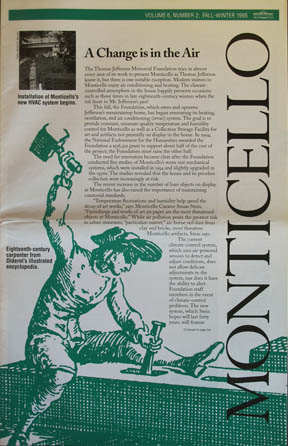 production in dozens of issues has spanned the decades which welcomed the invention of desktop publishing. Originally produced on a drawing board with a T-square and galleys of phototype, it experienced every iteration of technological change with the new tools provided by Apple and Adobe. Originally printed in two colors on offset presses, the second color an accent color selected from a wide array of specially mixed Pantone inks, it is now produced in four color process on giant multi-unit presses. Four color, once a luxury involving expensive color separations and the most sophisticated printing equipment, is now ubiquitous in the preparation of publications. Thomas Jefferson’s manuscript copy of the Declaration of Independence was set in type the night after it was approved by printer John Dunlap using fonts of Caslon type from Great Britain. It seemed very appropriate to use the digitization of this font by Adobe for the newsletter’s text and heads. Extending the Declaration metaphor, a tabloid size was chosen for the newsletter so that it would remain front and center in our audience’s view.
production in dozens of issues has spanned the decades which welcomed the invention of desktop publishing. Originally produced on a drawing board with a T-square and galleys of phototype, it experienced every iteration of technological change with the new tools provided by Apple and Adobe. Originally printed in two colors on offset presses, the second color an accent color selected from a wide array of specially mixed Pantone inks, it is now produced in four color process on giant multi-unit presses. Four color, once a luxury involving expensive color separations and the most sophisticated printing equipment, is now ubiquitous in the preparation of publications. Thomas Jefferson’s manuscript copy of the Declaration of Independence was set in type the night after it was approved by printer John Dunlap using fonts of Caslon type from Great Britain. It seemed very appropriate to use the digitization of this font by Adobe for the newsletter’s text and heads. Extending the Declaration metaphor, a tabloid size was chosen for the newsletter so that it would remain front and center in our audience’s view.
 Josef Beery
Josef Beery